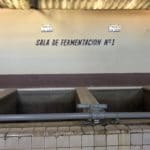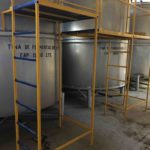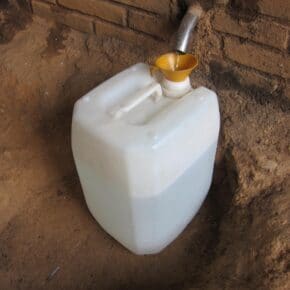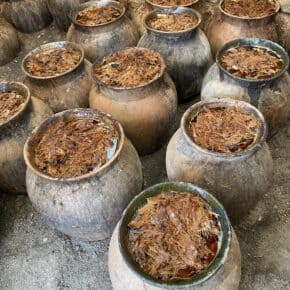The exact translation in Spanish is tub, bathtub, vat, or large jar. In the world of mezcal, the tina is the tank where agave is fermentated, prior to distillation In Mexico, the oldest documented fermentation vats were stone cavities. These days, tinas may be made of stone, wood, masonry, stainless steel, animal hides, or even plastic. The material of the tina can potentially influence the flavor of the mezcal.
The wood tina is predominant in Oaxaca, where the majority of commercial mezcal is produced. Wooden tinas are made with care–and therefore costly. Tinas require constant care in order to remain viable. The wood types includes pine, oak, and cypress, but may vary by region.
How does it work? After the agave is roasted and crushed, the juice and some fiber are transported to the tinas and the wild yeasts in the surrounding environment take over to do the work of consuming and transforming the agave sugar into alcohol. Eventually, the mezcalero will add water and the fermentation process will continue.
Fermentation can take anywhere from days to weeks, and it’s yet another part of the mezcal production process that requires close attention. Once the yeast take over, the brew can really get bubbling. Frequently, the fermenting mash needs to be held down with weighted wooden beams. Some agaves, like the jabali, are notorious for their vigorous fermentations and require even more attention and constraint. The wild yeasts in mezcal are responsible for a wide variation of flavors, perhaps second only to the agave itself for the nuance in mezcal.
For more on fermentation, check out Where do mezcal flavors come from?
Read more of our entries in the Mezcalistas Encyclopedia of Mezcal and email us questions or ideas for future entries.















Leave a Comment